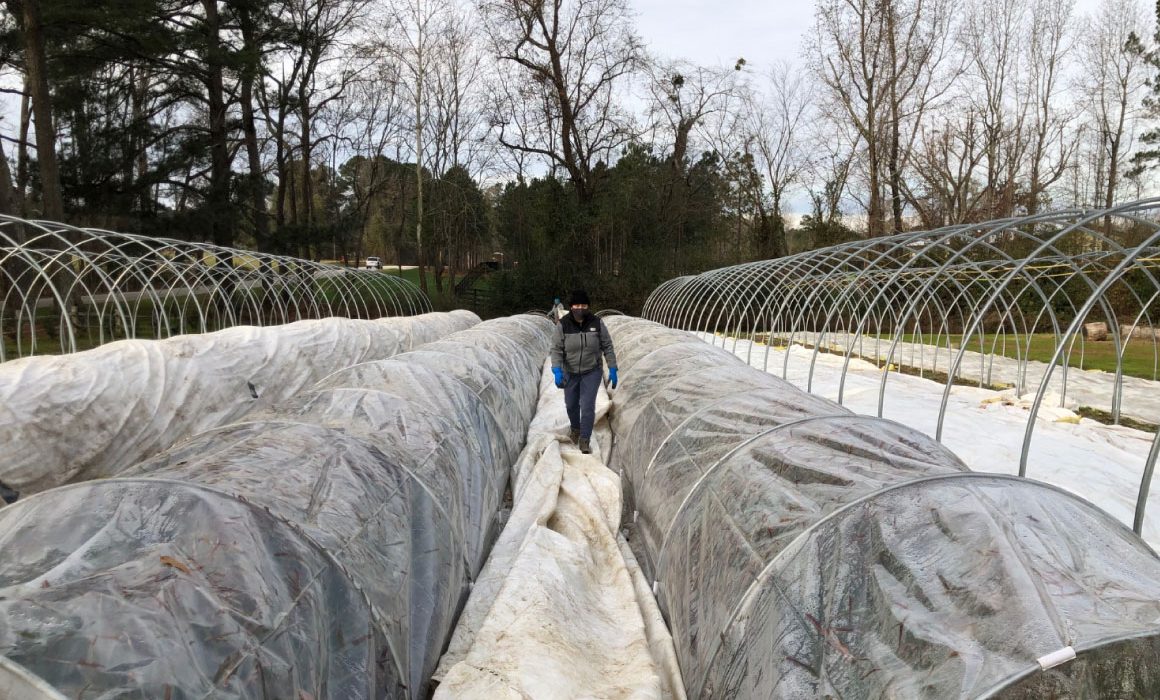
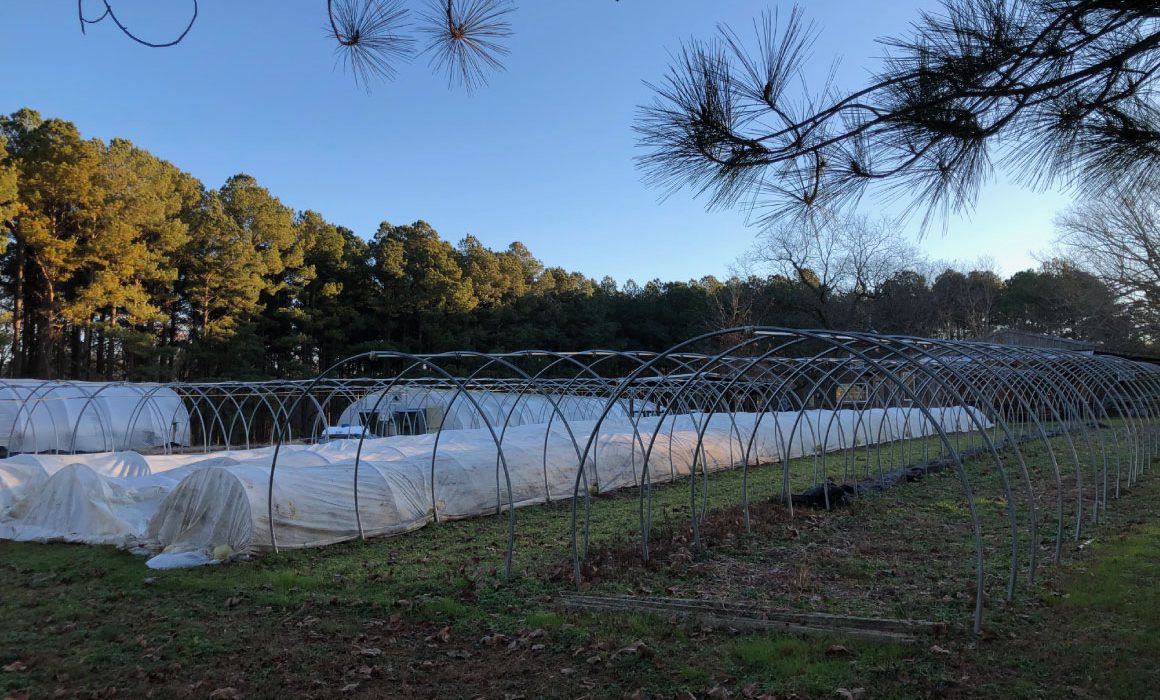
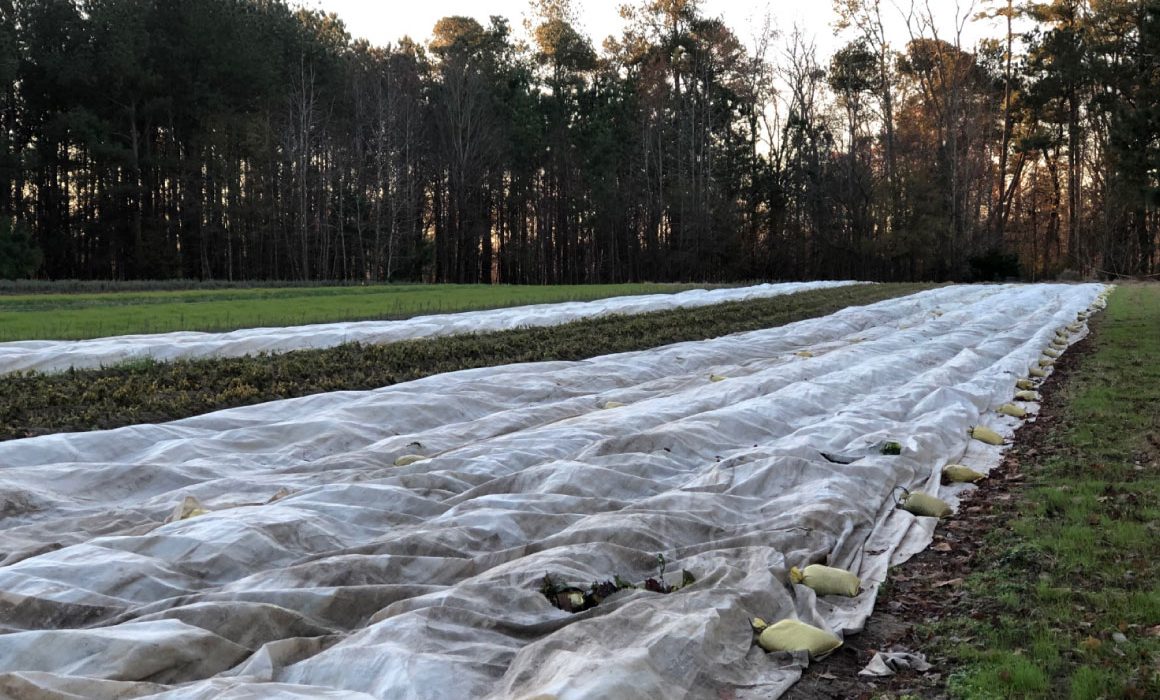
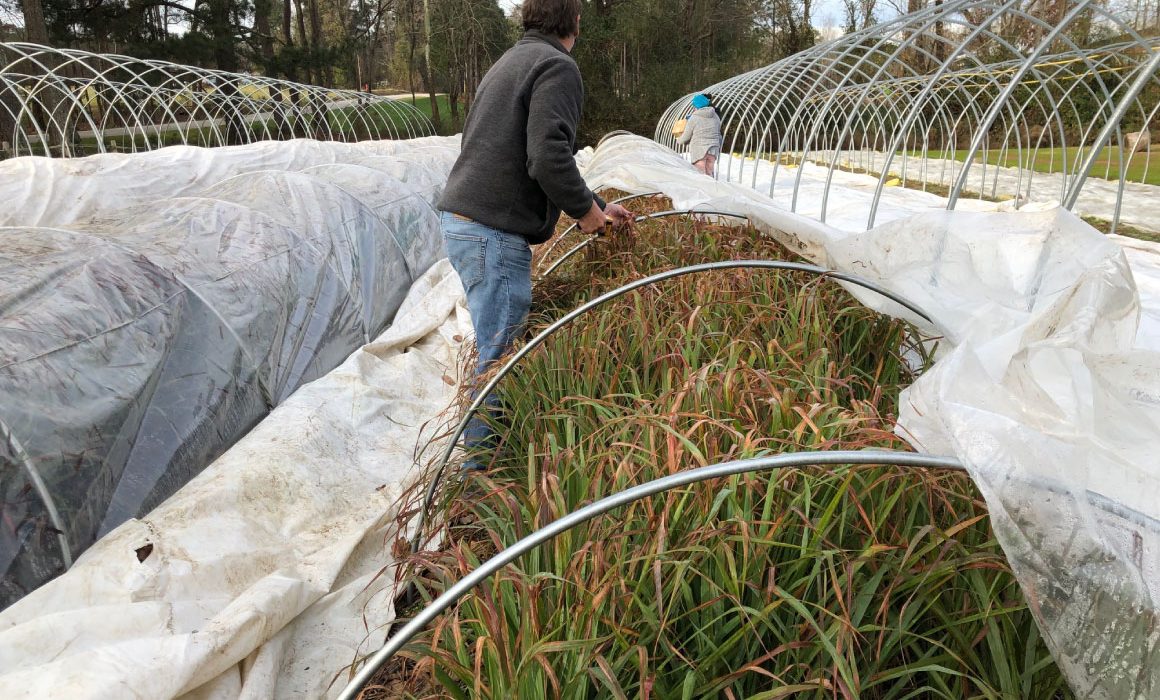
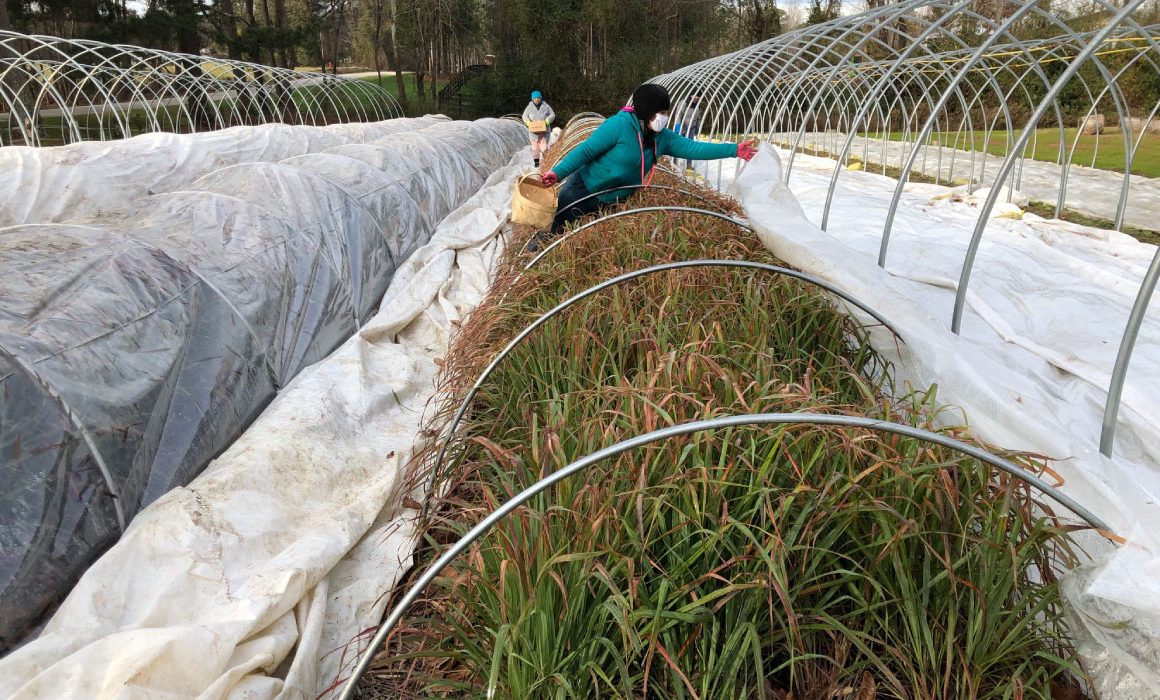
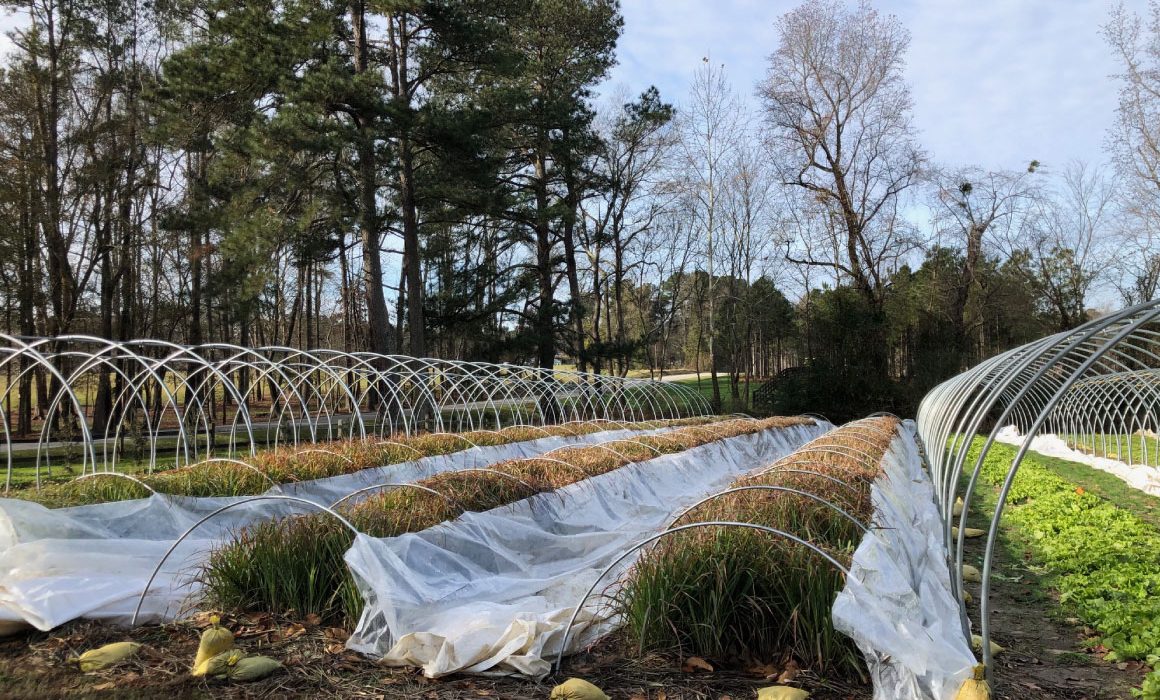
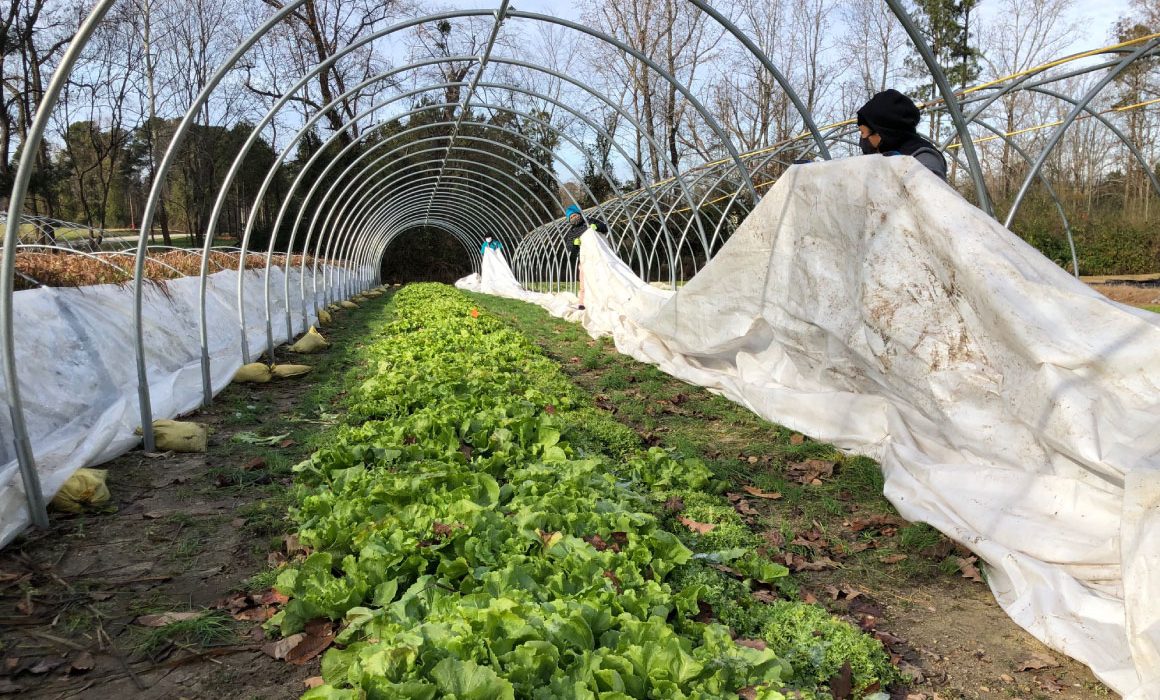
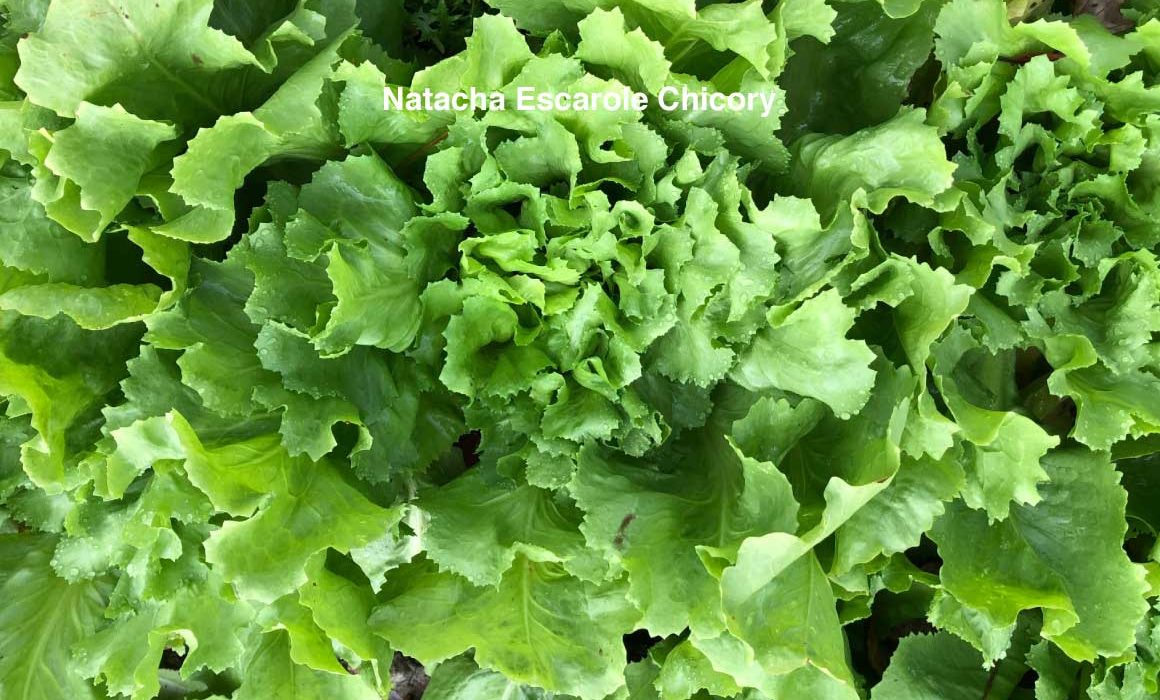
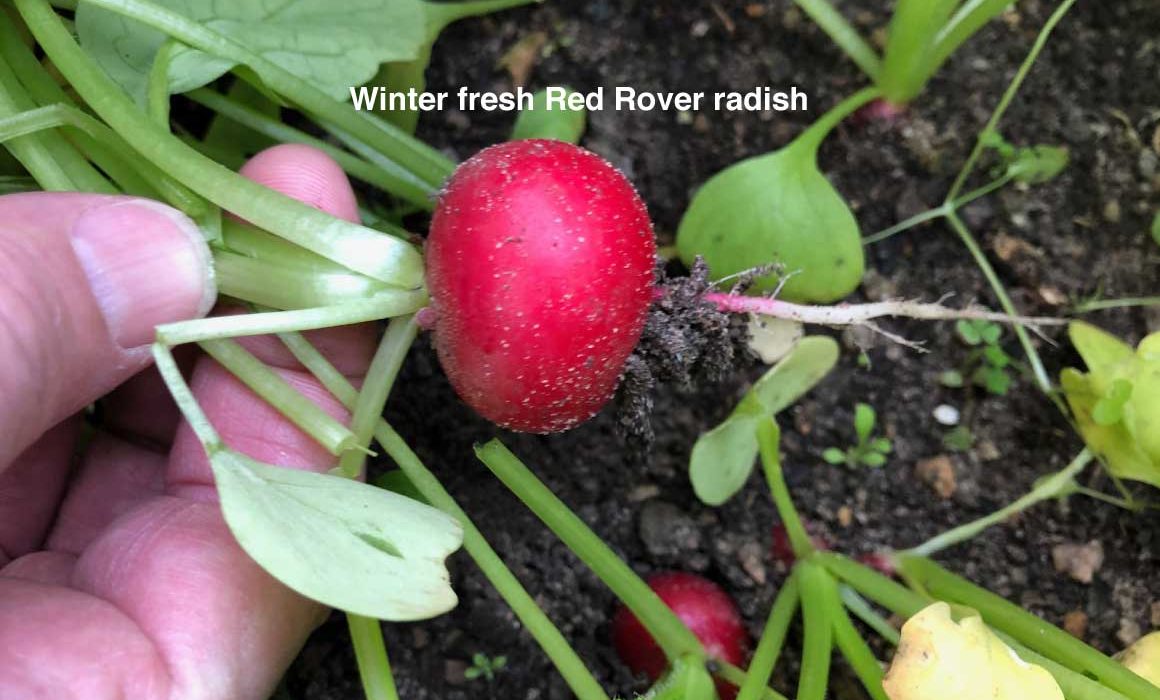
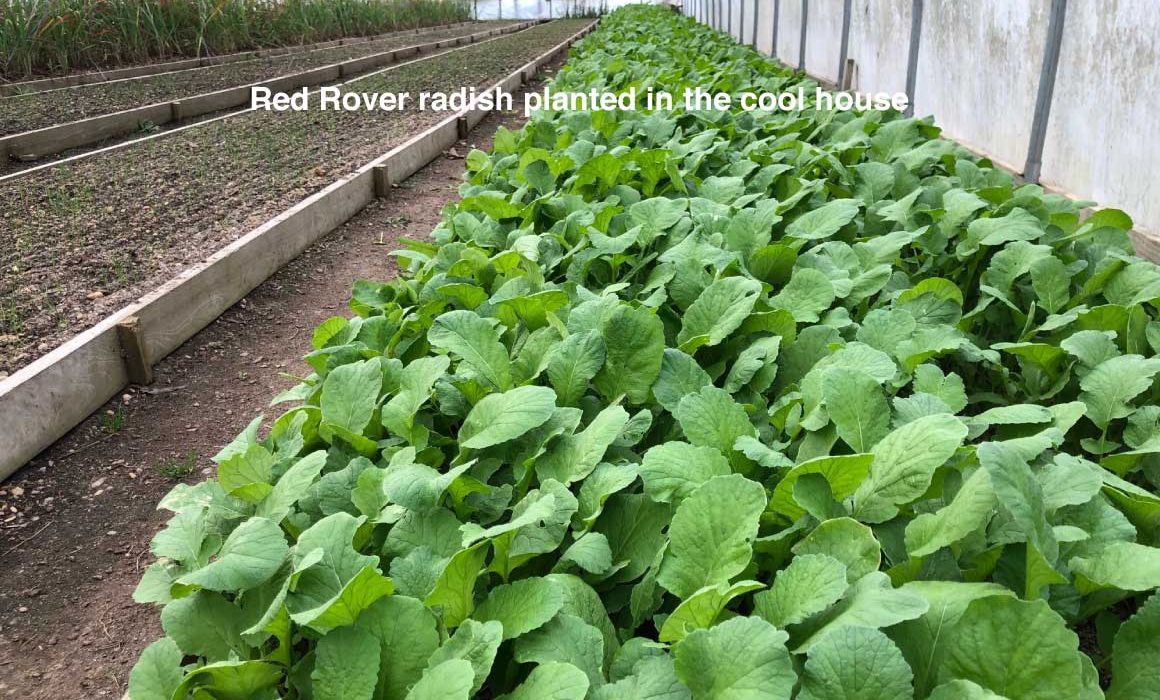
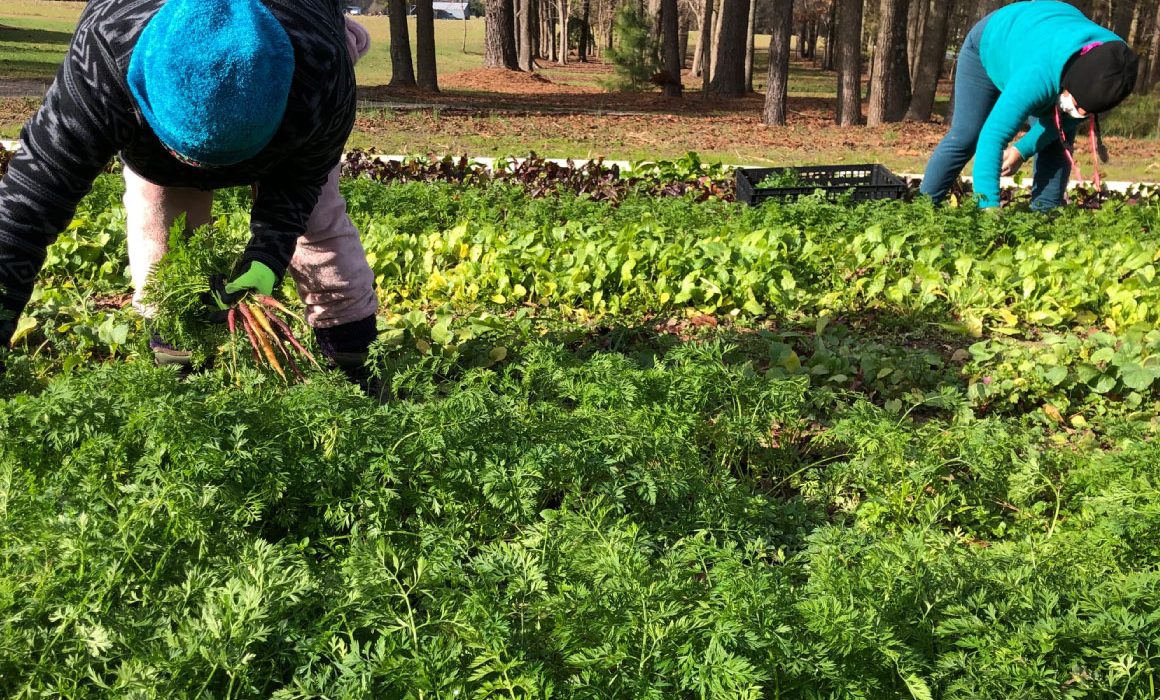
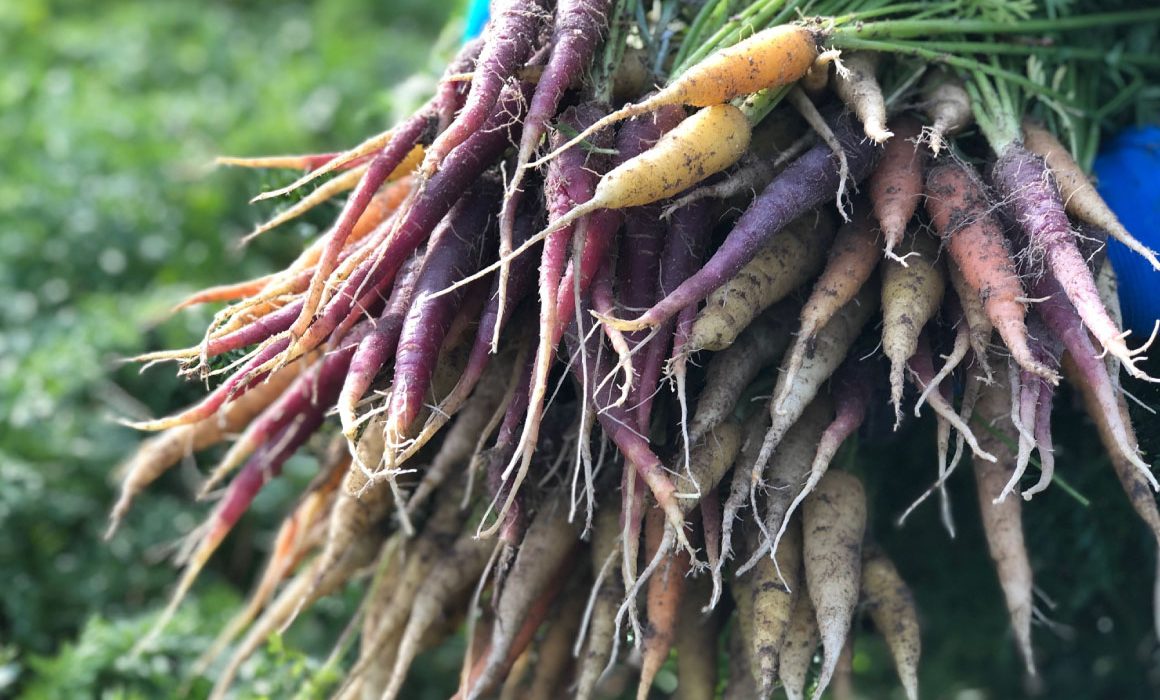
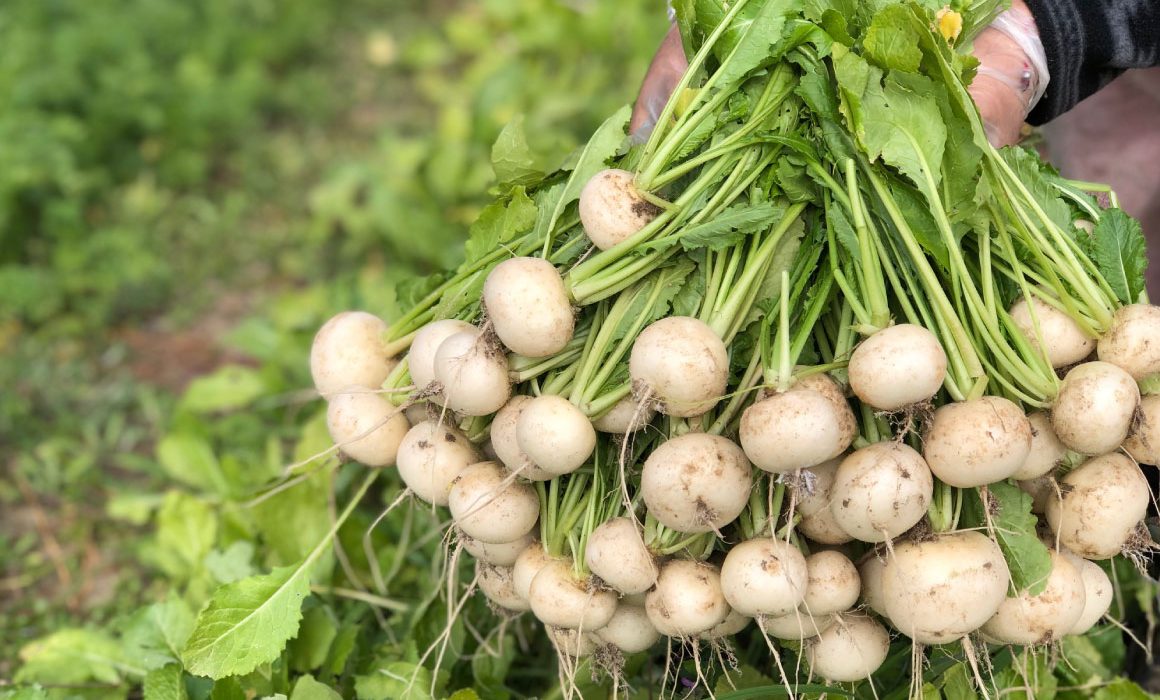
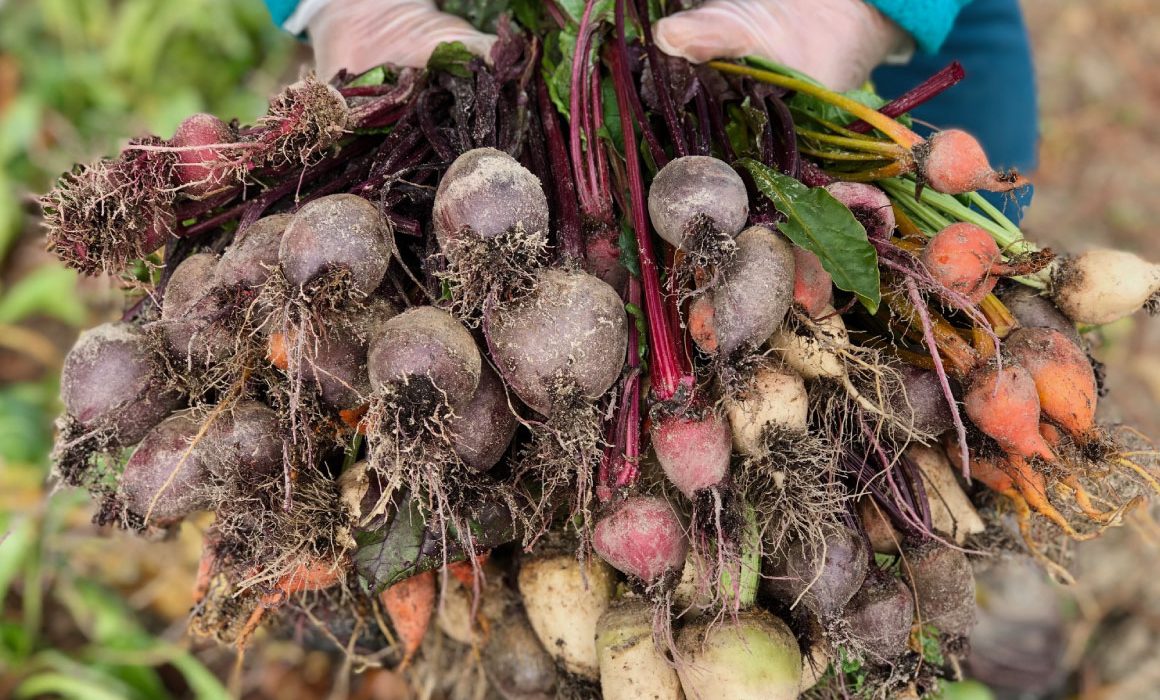
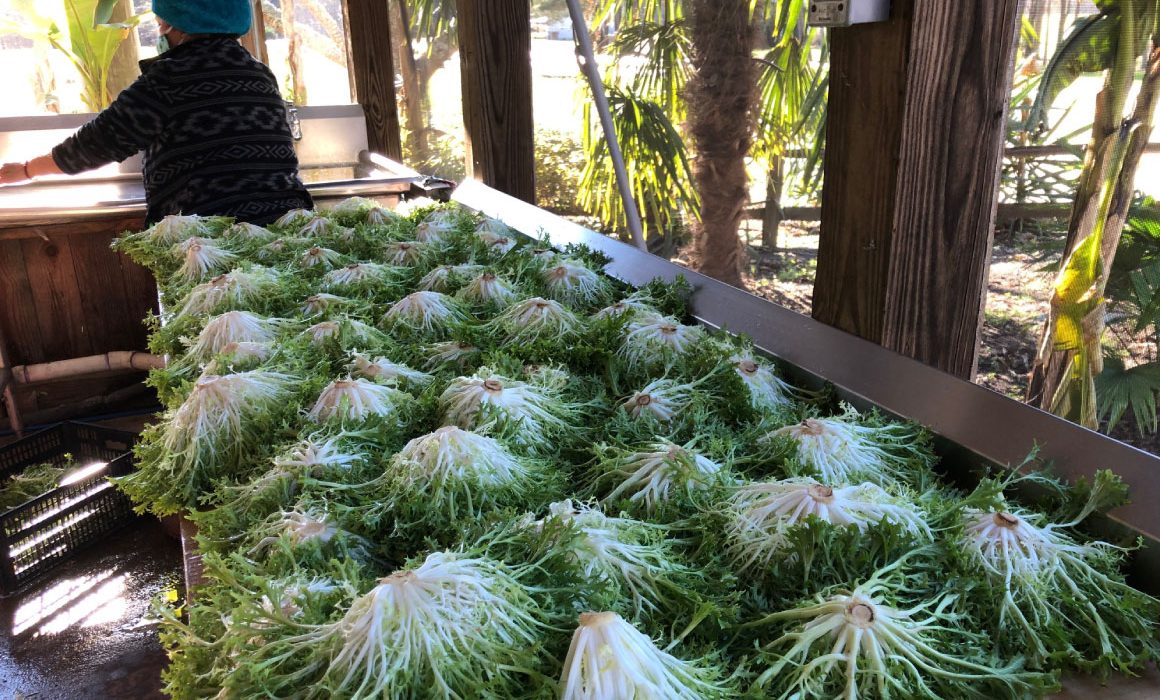
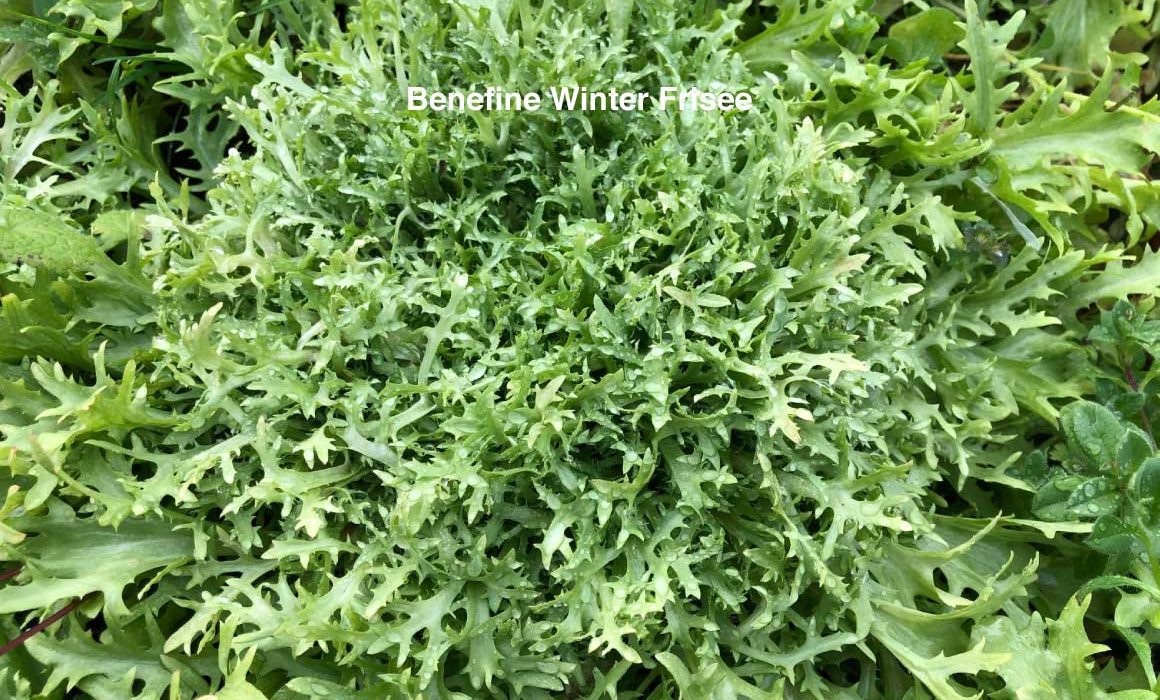
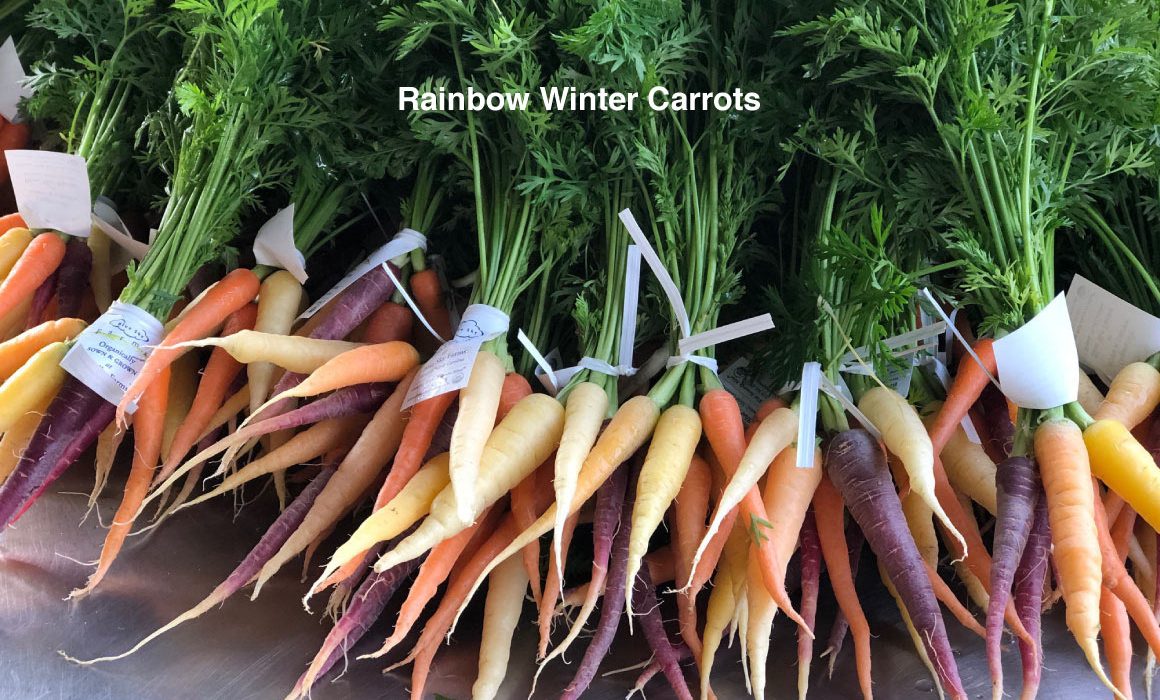
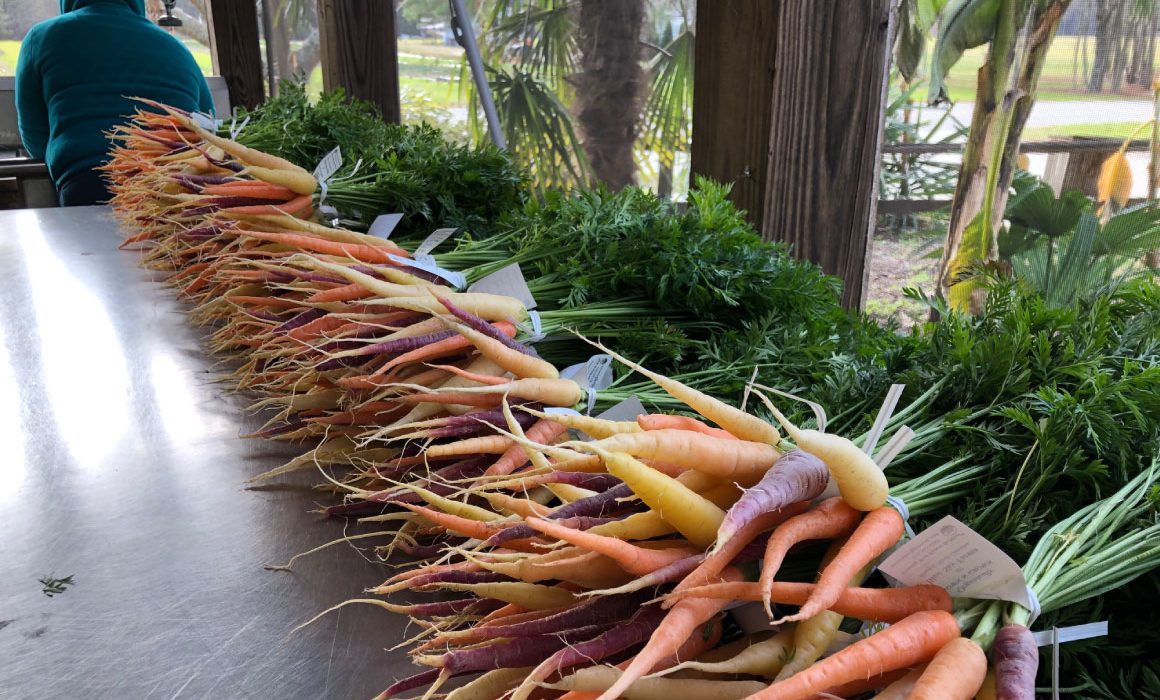
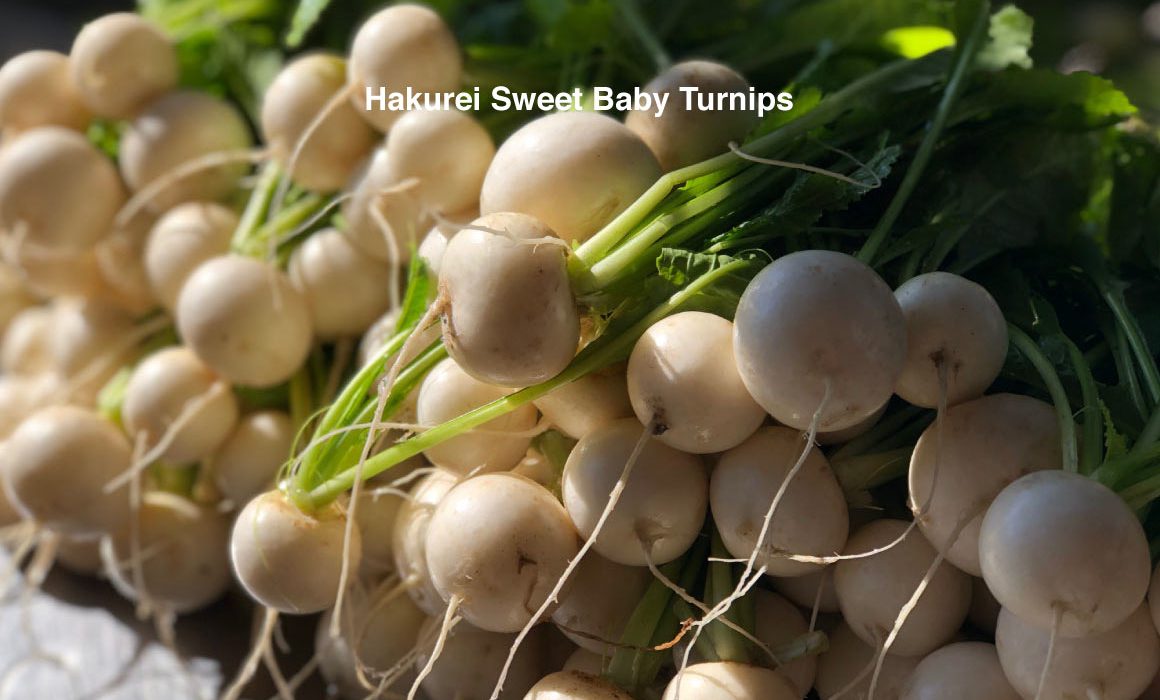
2020 December News
Daylight continues to diminish as we approach the winter solstice on December 21st. Officially winter solstice is the first day of winter and the shortest in daylight. Most people do not consider winter a growing/production season. But at this time, we prepare for what has already been planted in our fields many weeks ago. This is where Growing with Nature in Mind® plays an important roll for a continued bountiful harvest in the upcoming weeks.
An excellent read on winter production and extended winter harvest is The Winter Harvest Handbook by Eliot Coleman. He writes about having your final fall plantings as close to being ready for harvest as possible this time of year. In particular, if using cold houses or your outside plantings are under winter protection in low tunnels and or covered with freeze blankets. In his book Mr. Coleman gives excellent suggestions, and he is someone who has been successful with winter production up against Maine’s most brutal winters.
At Blue Sky Farms, additional freeze protection provides an overwintering storage area that serves basically as a “live root cellar” — A living plant refrigerator. Growth has slowed substantially or stopped at this time, but vegetables such as winter carrots, Hakurei turnips, beets, and hardy cold season greens remain in the ground, protected. This allows for an extended supply of fresh cold season vegetables into the first of the year. After that, with days growing longer, we replant for late winter and early spring harvest.
We are blessed to be in the Piedmont of North Carolina where winter is a bit more forgiving. As it is, farming is already tough, and unsure enough. Old timers often say we live in the Garden of Eden around here. I reckon we are just glad to call it a place we farm, but more importantly a place we call home.
Happy Holidays!
Eat a Peach.
Steve